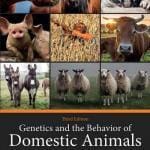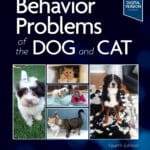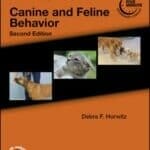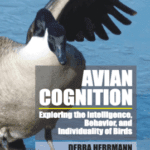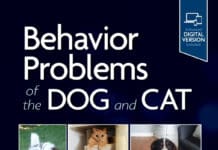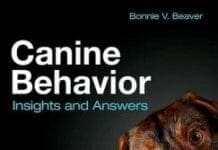How Animals Think and Feel: An Introduction to Non-Human Psychology
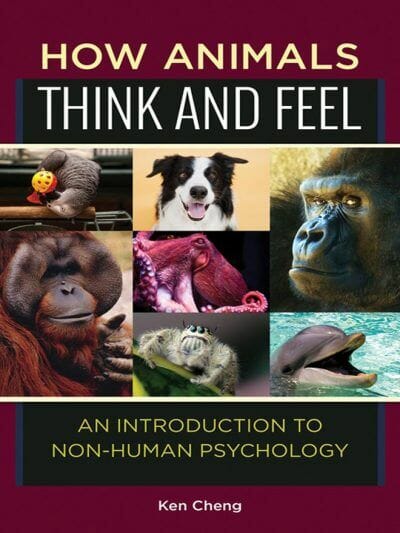
By Ken Cheng
How Animals Think and Feel: An Introduction to Non-Human Psychology PDF explains key scientific findings in the areas of animal cognition, emotion, and behavior in easy-to-understand language.
Why do dogs get separation anxiety? Can a chimpanzee recognize itself in a mirror? Do animals in a zoo get neurotic? Do animals actually have emotions, or are humans simply anthropomorphizing them? How Animals Think and Feel: An Introduction to Non-Human Psychology answers these interesting questions and many more in its examination of animal psychology―particularly non-human primates (our closest relatives) and companion animals (the animals with which we spend the most time).
Readers will learn about the history of the study of animals as well as the methodologies and applications of animal research, examples of higher-level thought and problem solving in animals, learning and memory, emotion, and basic behaviors such as feeding and mating. Chapters examine specific animal species or groups in greater depth to address particular behaviors and discuss characteristic traits. The book also includes sidebars that offer additional high-interest, ready-reference content; a bibliography of print and electronic sources for further study; and a glossary of unfamiliar terms.
- Offers readers a holistic view of the subject via a thematic chapter format that explores the subject from a variety of angles
- Presents debate sections that offer insights into current controversies and model critical thinking and argument development skills
- Includes profiles of specific animal species that allow readers to easily look up information about that animal
This Book is For Premium Members Only


